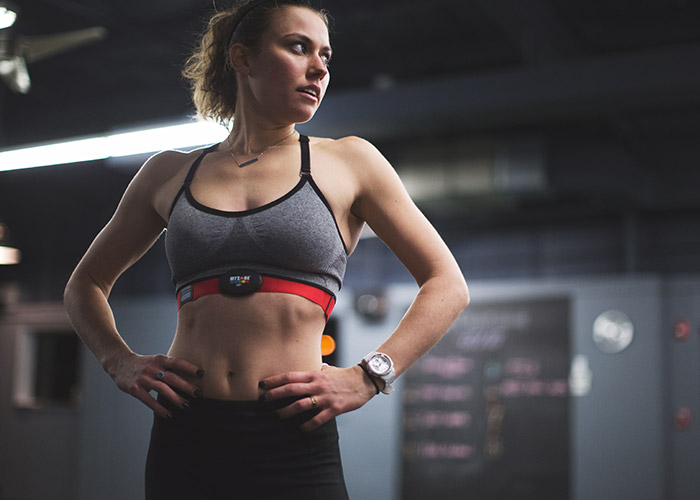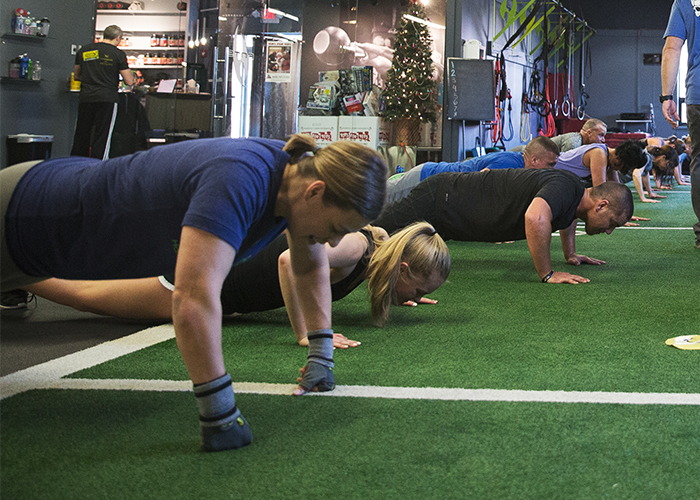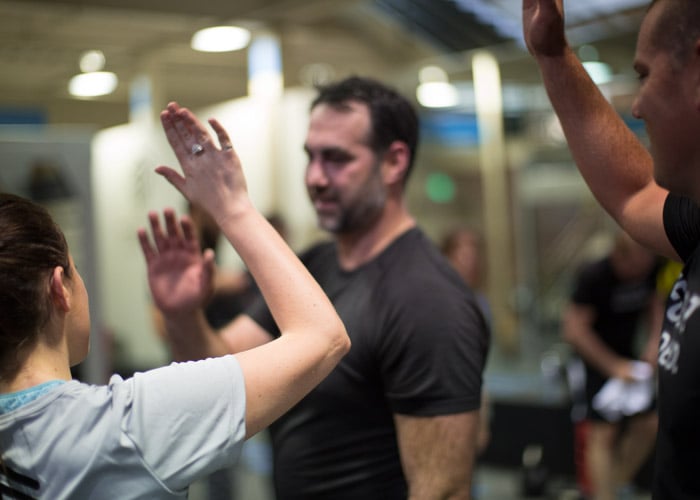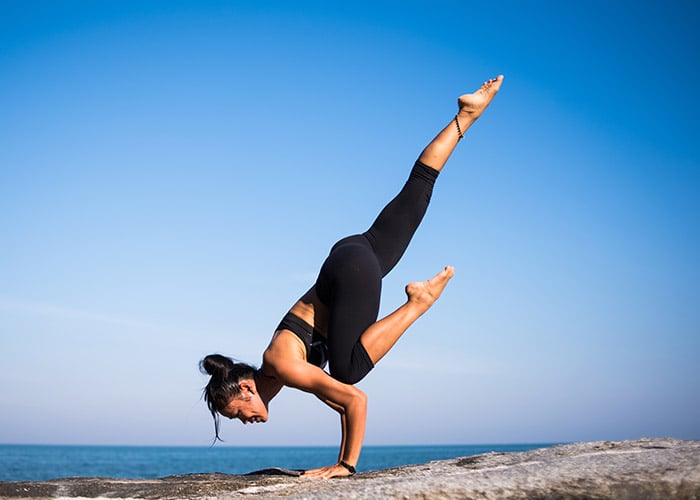Increase Your Workout Effort To Make You Happy!
Why do you workout? If we asked 100 different people that question, we would probably get 100 different answers! However, we would be willing to bet that we could distill most of the answers down to a common theme – that most people workout to increase their health and happiness.
Most of us are probably pretty familiar with the health benefit of exercise; therefore, we’re dedicating this blog post to exploring how increased workout effort can make us happier.
We will summarize three different research studies and share common themes that provide insights into how we can move to increase our happiness.
Study One: The Great Outdoors
Niedermeier, Einwanger, Hartl, & Kopp (2017) analyzed the short-term effects of a three-hour outdoor physical activity (PA) intervention on mood compared to an indoor treadmill intervention and a sedentary (non-active) control.
Forty-two individuals participated in the study. The average age of the participants was 32, and 48% of the participants were female. All 42 participants completed all three trial types (outdoor group hiking, group indoor treadmill, and non-active) in a cross-over design - meaning they were randomly assigned to complete each trial type at different times.
The three-hour outdoor PA intervention consisted of group hiking on a mountain. The indoor treadmill intervention involved a group walking on treadmills (arranged close together) for three hours. The self-selected average exercise intensity during the hiking intervention was between 57-63% max heart rate (in MYZONE terms, GRAY and BLUE zones), and the average intensity of the treadmill intervention group was between 54-59% max heart rate (GRAY zone) – participants chose to exercise at slightly higher heart rate zones when outdoors.
Results of the study indicated that the outdoor group hiking intervention elicited higher positive mood responses (activation, elation, and calmness) and lower negative mood responses (fatigue and anxiety) compared to the indoor treadmill and non-active conditions.
Time to get out and get active!
Study Two: Long-Term Exercise & Stress Reduction
Clayton, Thomas, Schaffer, Stratton, Garrison, and Mathews (2017) tested the effects of short-term and long-term exercise on perceptions of work-family conflict (WFC). WFC refers to the perception that work and family roles and demands compete for time and energy resources and cause imbalance and stress in one’s life.
Forty-six women who worked an average of ~35 hours per week and an average age of 39 participated in the study. The women participated in either a short-term exercise group (one 45-minute ZUMBA® exercise session), a long-term exercise group (seven 45-minute ZUMBA® exercise sessions over four weeks), or a control group (no exercise).
Results indicated a statistically significant long-term exercise effect on reduced perceptions of work interference with family and also family interference with work – in summary, the long-term exercise program assisted women in managing perceptions of WFC and associated stress.
Taking time to exercise may assist us in reducing stress around work and family responsibilities!
Study Three: The Happiness Workout
Dolan, Kavetsos, and Vlaev (2014) examined a causal determination between physical activity (PA) and life satisfaction (LS) using a large European cross-sectional data set (the Eurobarometer Survey) from 25 countries.
Results demonstrated that participating in PA one to two times per week or more increased LS among both men and women. Folks were literally happier (more satisfied with their lives) when they moved more! The authors made note that one of the main reasons for this effect is that high workout effort is perceived as being pleasurable.
What types of exercise to you find the most enjoyable?
Common Themes: Enjoy Movement and Stick with It!
Two common themes we took away from these studies were:
- Find movement that is pleasurable (movement that you really enjoy participating in) so you're more likely to stick with it over the long term.
- Participation in a long-term exercise program may help you decrease your perceived stress and increase your happiness (via life satisfaction).
So, let’s keep moving our way toward a happier life!
Remember to use the hashtags #effortrewarded and #myzonemoves when you post your workout pics, and don’t forget to add your workout pics with your moves in your Activity Calendar! Also – be sure to rate your workout effort using the little smiley faces when you finish your workout – that’s a great way to remember workouts you enjoy!
For more tips on how to use the MYZONE heart rate monitor to increase your workout effort, follow us during Fitness Fridays on Facebook Live (subscribe on MYZONE’s Facebook Page) – 8 am PT, 11 am ET, and check out our MYZONE Moves Podcast on iTunes or Google Play.
Keep moving forward!
References
Clayton, Thomas, Schaffer, Stratton, Garrison, & Matthews (2017). Exercise and work-family conflict: A field experiment. Journal of Managerial Psychology 32(3): https://doi.org/10.1108/JMP-08-2015-0324
Dolan, Kavetsos, & Vlaev (2014). The happiness workout. Social Indicators Research 119: DOI 10.1007/s11205-013-0543-0
Niedermeier, Einwanger, Hartl, & Kopp (2017). Affective responses in mountain hiking: A randomized crossover trial focusing on differences between indoor and outdoor activity. PLoS ONE 12(5): e0177719. https://doi.org/10.1371/journal.pone.0177719
Share this
You May Also Like
These Related Stories

Myzone Bootcamp: Prepare to be Challenged!

100 MEPs — Three Workouts To Get To Your Goals







